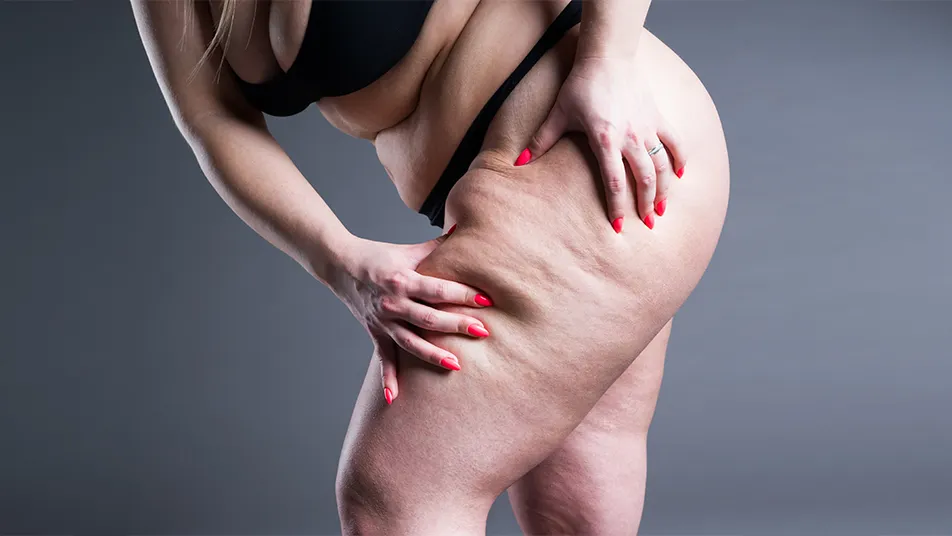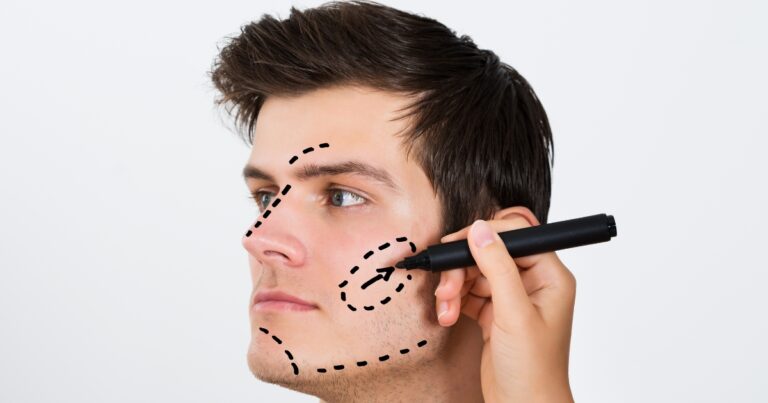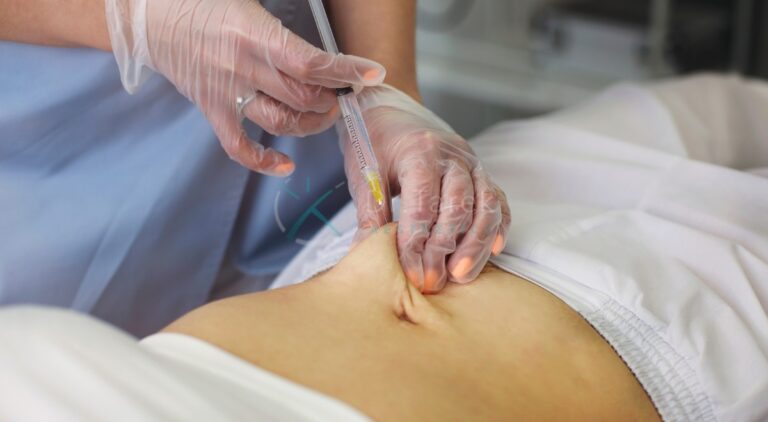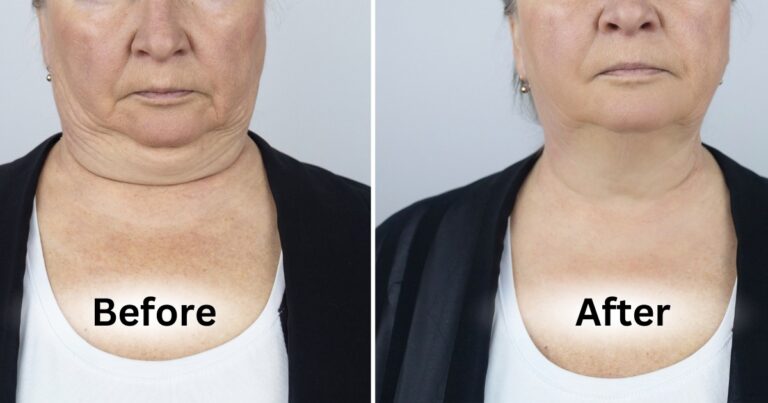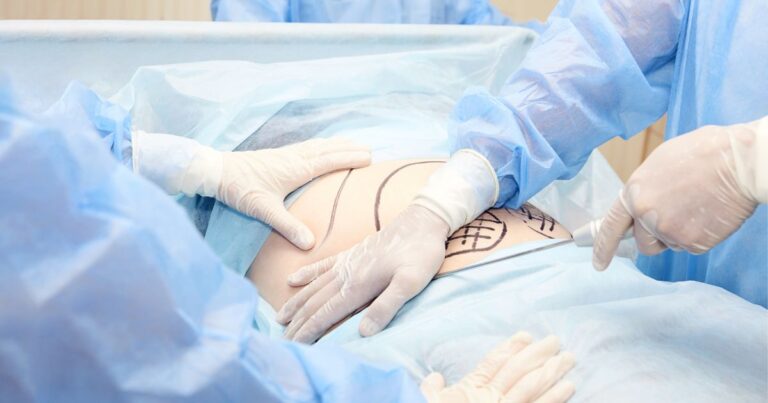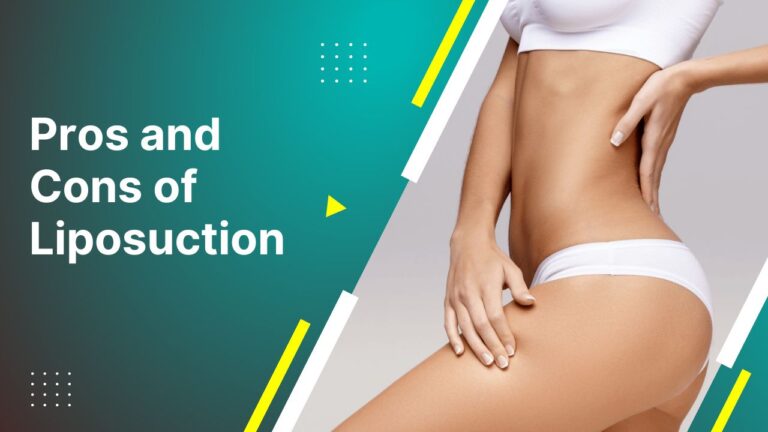Lipedema is a condition characterised by abnormal fat accumulation in the legs and arms, causing swelling, pain, and easy bruising. As lipedema progresses, the buildup of fat can impair mobility and quality of life.
Liposuction has emerged as an effective treatment option for lipedema, providing lasting reduction of the disproportionate fat deposits. However, not all liposuction techniques are equally effective for lipedema. When considering liposuction for lipedema, two key questions arise: what liposuction is best for lipedema, and what is liposuction lipedema?
This article explores the best liposuction approaches for long-term relief from lipedema. To treat lipedema effectively and efficiently, it is important to understand the optimal liposuction techniques and the nature of the procedure.
What is Lipedema?
Lipedema causes abnormal, symmetrical fat accumulation in the limbs, most often occurring in the legs with a significant disproportion to the rest of the body. The fat deposits are larger than expected based on diet and exercise levels.
Book A Consultation With Dr Tarek Bayazid
Top-rated Plastic Surgeon For Liposuction in Dubai
Installment Plan Available
Top Liposuction is a cosmetic surgery procedure that removes excess fat from specific areas of the body to improve contour and shape. it is often used to help people achieve their desired body shape.
Other key characteristics include:
- It occurs almost exclusively in women
- This leads to disproportionate swelling in arms and legs
- Causes tenderness or pain to the touch
- Prone to bruising easily
- Excess fat and fluid in the tissues
While the root cause is not fully understood, lipedema appears to be triggered by hormonal changes during puberty, pregnancy, and menopause. It tends to run in families, and having an obese parent seems to increase the risk.
Common Symptoms
- Disproportionately large and swollen legs/arms
- Significant tenderness and pain
- Easy bruising with minimal trauma
- The feeling of heaviness in limbs
- Fatigue in legs and feet
- Difficulty fitting into clothing shoes due to limb size
What Causes Lipedema Fat?
The fat cells and connective tissue in lipedema are abnormal, leading to the accumulation of fluid and disproportionate fat deposits. Researchers believe oestrogen may influence how fat cells enlarge and multiply.
Key factors that promote lipedema include:
- Hormone changes : Puberty, pregnancy, and perimenopause are common triggers
- Genetics : Tendency can run in families
- Weight gain : While not the underlying cause, weight gain can worsen lipedema
Lipedema fat is structurally different than cellulite or obesity fat in the limbs:
- Enlarged fat cells packed closely together
- Poor elasticity in blood vessels and cell walls
- Accumulation of fluid in tissues
Lipedema Stages
Lipedema progresses through several stages over the years:
- Stage 1 : Skin has a smooth surface, but limbs are disproportionately large compared to the trunk and upper body
- Stage 2 : Skin develops a nodular, uneven texture, and fat increasingly builds up, causing pain and mobility issues
- Stage 3 : Large growths of fat hanging off limbs, painful orthoses often needed for support, significant loss of quality of life
Catching and treating lipedema in early stages 1-2 can help halt progression to the most debilitating stage 3.
Conservative Treatment Options
Doctors may first recommend lifestyle changes and conservative treatments to alleviate discomfort, bruising, and fatigue associated with lipedema:
- Healthy eating : A balanced, low-inflammation diet high in lean proteins and vegetables
- Compression garments : Help drain fluid and reduce swelling
- Manual lymphatic drainage (MLD) : Gentle yet specialised massage technique that encourages fluid drainage
- Exercise : Low-impact activities like swimming, walking, cycling
However, these conservative treatments do not reduce actual fat deposits that accumulate with advancing lipedema. They focus on symptom management.
Surgical Treatment: Liposuction
Liposuction removes excess fat deposits and is the only technique proven to provide lasting removal of lipedema fat. It is usually pursued when conservative options no longer provide adequate relief.
Overview of the Surgical Approach
- Small incisions made in affected areas
- A saline solution was injected to loosen fat cells
- Suction is used to remove loose fat permanently
- Incisions closed with stitches
Results are permanent as the number of fat cells in treated areas is reduced. However, liposuction technique and surgeon expertise significantly impact outcomes.
What is Liposuction Lipedema?
Liposuction lipedema refers to the use of various liposuction techniques to remove the abnormal fat deposits associated with lipedema. Some key points about liposuction for lipedema treatment:
- It involves inserting a small cannula through tiny incisions to loosen and suction out fat cells.
- Several subtypes, like tumescent and water jet-assisted liposuction, are considered the most effective.
- Multiple large-volume sessions spaced months apart are usually needed to achieve desired results.
- It provides permanent removal of fat cells that cause disproportionate swelling and pain.
- When performed correctly by an experienced surgeon, significant improvement is seen in 85% of lipedema patients.
- It cannot prevent the progression of lipedema altogether but halts further expansion of existing fat deposits.
What Liposuction is Best for Lipedema?
Not all body-sculpting procedures are equally effective for lipedema. Tumescent and water jet-assisted liposuction (WAL) are best as they enhance fat removal while minimising trauma to blood vessels and nerves.
Some key advantages:
- Allows removing more fat in fewer sessions
- Results in smooth surface and good skin retraction
- Reduces pain, bleeding, and bruising
- Lowers risk of complications
Other options like laser, ultrasound, and laser-assisted liposuction are less effective for treating lipedema.
| Liposuction Type | How It Works | Pros | Cons |
| Tumescent | Large volumes of anaesthetic fluid were injected to swell and firm tissues. Fat then suctioned out. | Enhances fat removal -Minimises blood loss | Requires general anaesthesia |
| Water-Jet Assisted (WAL) | The saline solution loosens fat cells before suction is applied | Excellent for fibrous lipedema fat -Faster recovery | High skills required by the surgeon |
| Laser | Laser energy melts fat cells | – Less bruising | Less fat removal per treatment -Fibrosis risk |
What to Expect: Before, During and After Liposuction
Understanding the process and recovery helps set appropriate expectations.
Before Surgery
- Evaluation of lipedema stage, treatment goals, and health history
- Blood work, lab tests, and imaging to assess health risks
- Instructions on preparing for surgery, including diet, supplements, etc.
Day of Surgery
- IV sedation or general anaesthesia
- Small incisions made in treatment areas
- Tumescent fluid and/or water jet solution injected
- Suctioning of loosened fat with a straw-like cannula
- Temporary drainage tubes and compression garments were placed
After Surgery
- Drainage tubes removed after 1-2 days
- Compression garment worn for 2-4 weeks
- Bruising, swelling and numbness resolve within 2 weeks
- Return to normal activity in 7-10 days
- See final contour results in 2-3 months
Most patients require 2-4 liposuction sessions spaced 3-6 months apart for optimal lipedema reduction. Touch-up treatments may be needed in later years as lipedema can continue progressing. “Can Thigh Liposuction Eradicate Cellulite?” No, it can’t. Liposuction removes fat, but it doesn’t get rid of cellulite. Post-Surgery Fat Journey is the process of losing weight and getting healthy after having a surgery. It involves eating right, exercising, and taking care of your body.
Laser Liposuction Progress means doctors use lasers to melt fat and make it easier to remove from the body
5 Key Things to Know Before Considering Liposuction for Lipedema
- Start early when lipedema is Stage 1 or 2 for best long-term outcomes. More extreme fat deposits in late Stage 3 are harder to correct.
- Choose an experienced specialist in both lipedema and large-volume liposuction. It takes great expertise to remove enough uniform fat across entire limbs.
- Use tumescent and/or water jet-assisted technique for enhanced fat removal with less trauma compared to other methods.
- Allow several months between sessions so previously treated areas heal before removing additional fat.
- Be patient with the process, as it often requires 2 or more surgeries to achieve goals. Prepare mentally and financially for multiple sessions.
Conclusion: Determine if Liposuction is Right for Your Lipedema
Lipedema causes expanding fat deposits, leading to pain, mobility issues, and embarrassment, which significantly reduces quality of life. Conservative treatments may provide temporary relief but do not fix the underlying problem. Liposuction is the best long-term solution as it physically removes excess fat cells and prevents further expansion over time.
However, it does require surgery, so it is not a trivial decision. Have an open and honest discussion with your doctor about whether liposuction is appropriate for your case of lipedema. Understand that several sessions are usually needed for significant improvement. However, the lasting benefits for physical and emotional health make it worthwhile for many lipedema patients.
To explore whether liposuction is right for you, Book a consultation evaluation with Dr Tarek Bayazid, a leading plastic surgeon in Dubai. Recognised for his specialised expertise in body contouring, let Dr. Tarek’s experience guide you toward the optimal treatment plan.
FAQs: Key Questions on Liposuction for Lipedema
Below are answers to some frequently asked questions for those considering liposuction to treat lipedema:
Does insurance cover liposuction for lipedema?
Unfortunately, most insurers still consider it cosmetic and do not cover it. Some exceptions are starting to emerge, especially in Germany, so check with your provider.
I’m scared of surgery – is liposuction painful?
The procedures utilise local numbing and/or general anaesthesia, so there is little to no pain during treatment. Expected post-op soreness is temporary.
How long do results last?
When performed correctly, liposuction permanently removes fat cells. However, liposuction does not prevent the potential worsening of lipedema overall. Some touch-up treatments may be needed down the road.
Can I combine other fat reduction procedures with liposuction?
Yes. Coolsculpting to smaller areas or cellulite treatments can complement liposuction’s improvement of general lipedema in the limbs.
What about dieting – can’t I reduce lipedema fat that way?
Unfortunately, diet and exercise do not meaningfully reduce lipedema fat because the fat cells are abnormal and inflamed. Losing weight can help improve some symptoms but does not correct the root problem.

